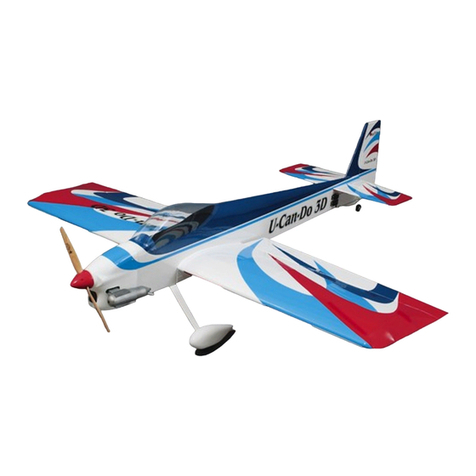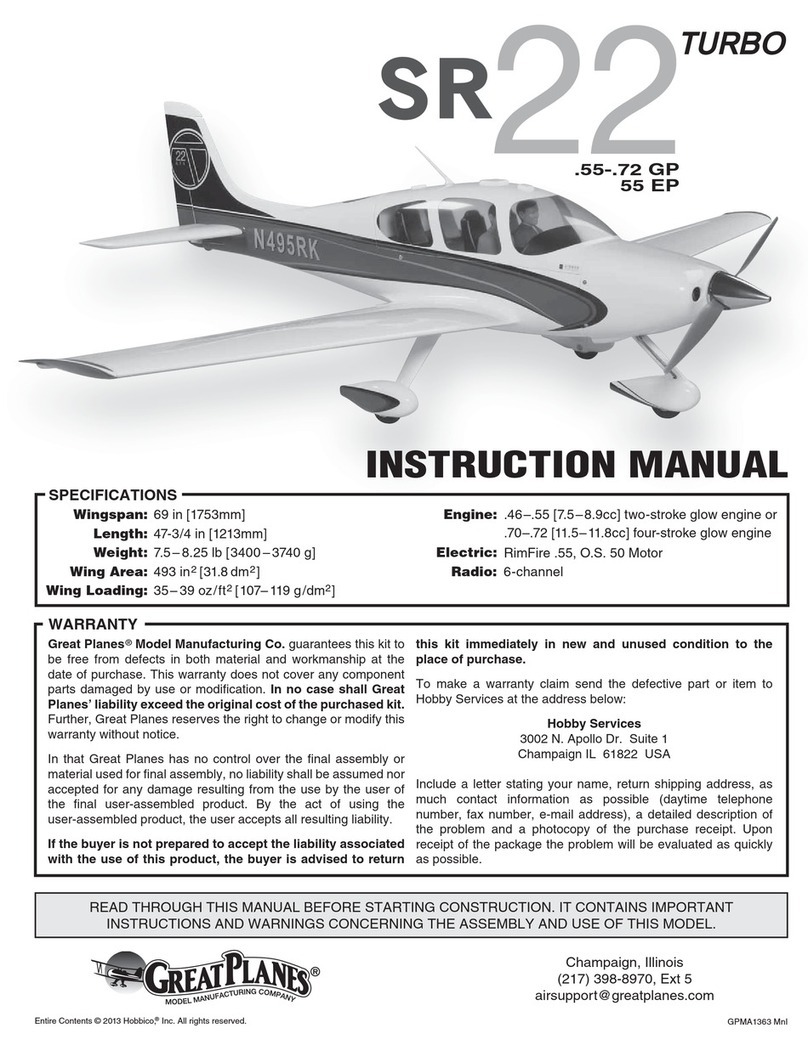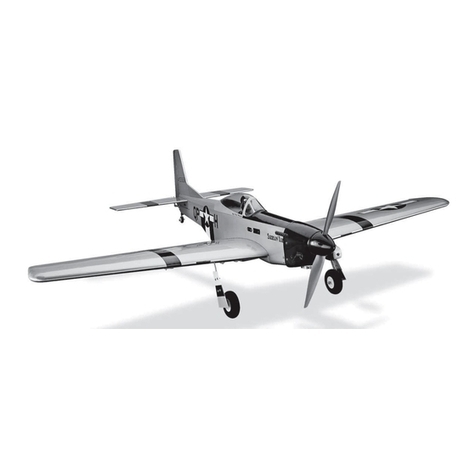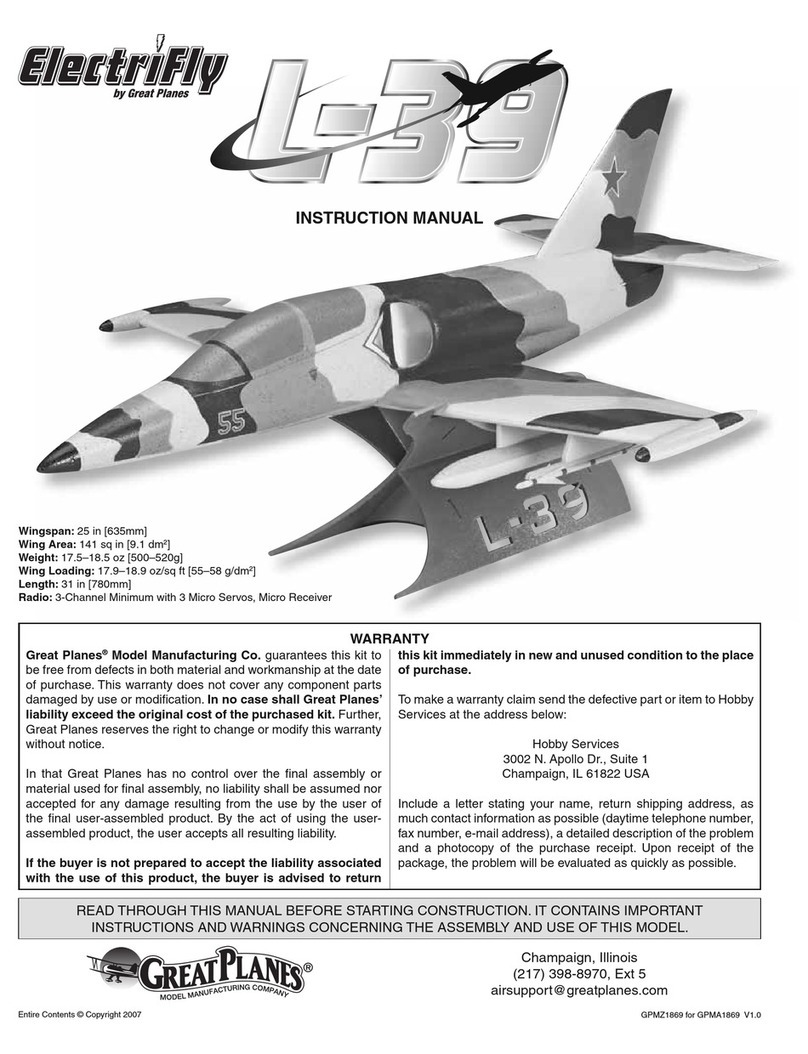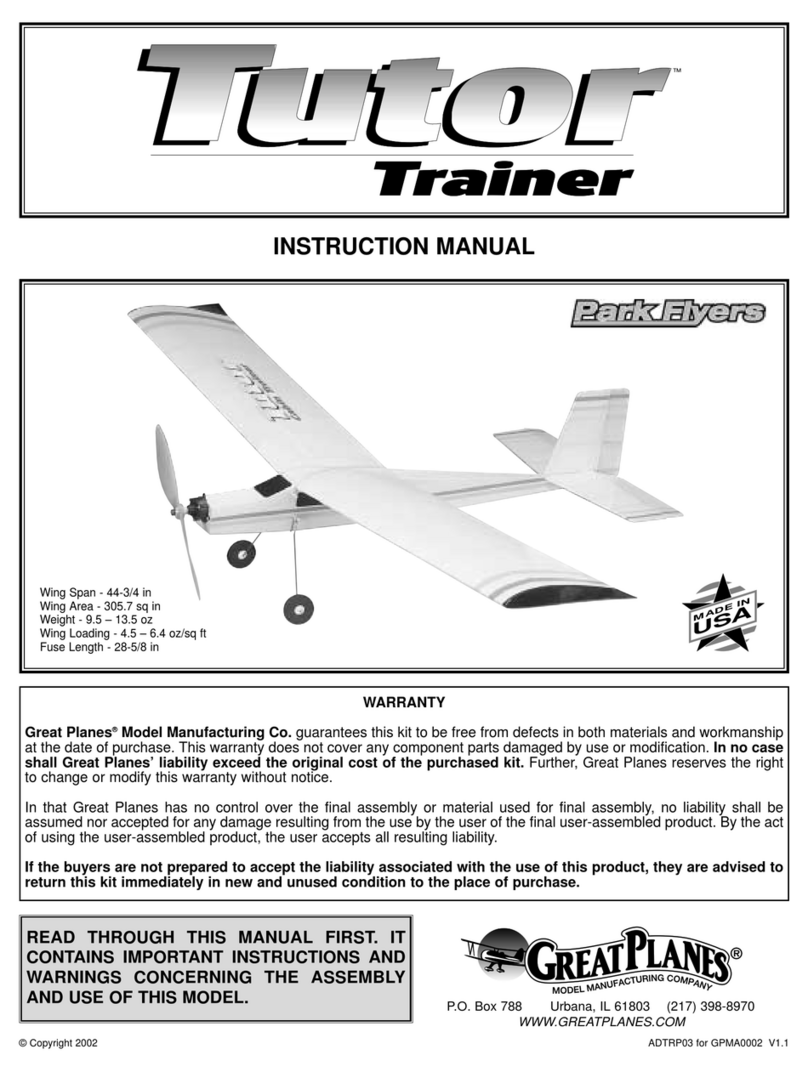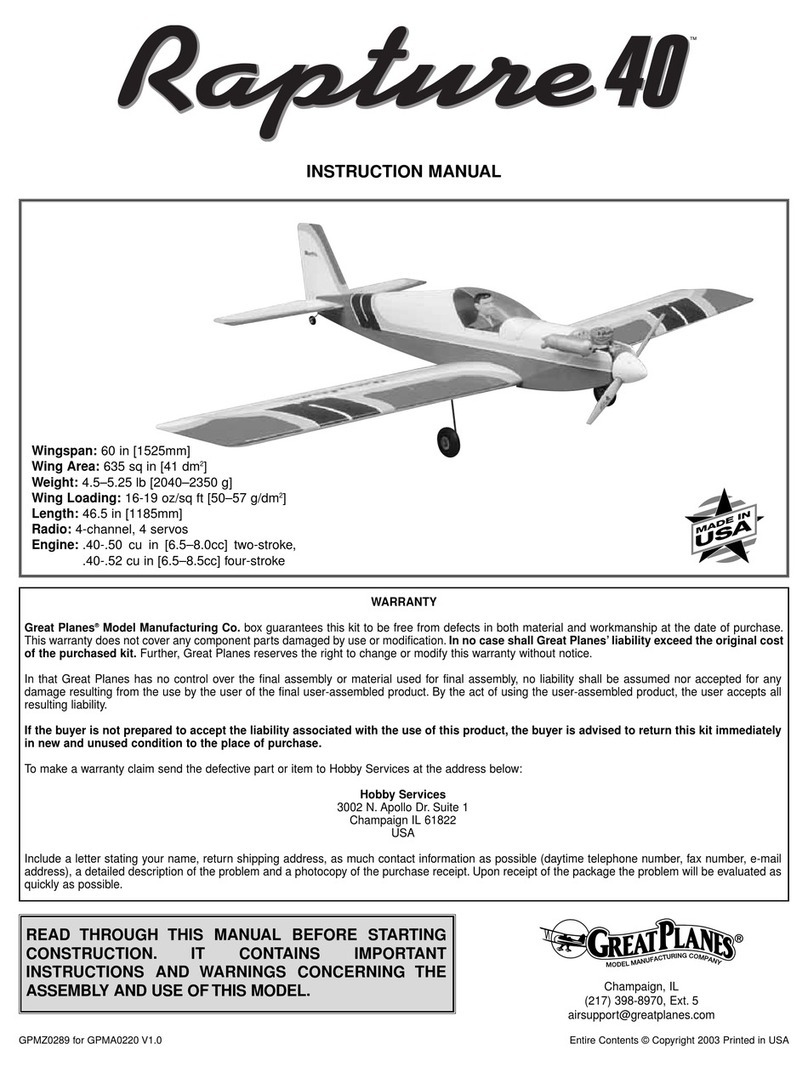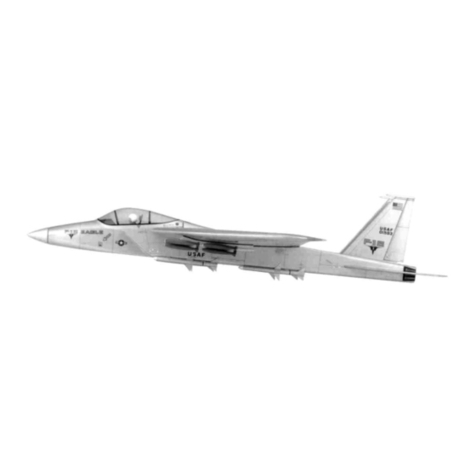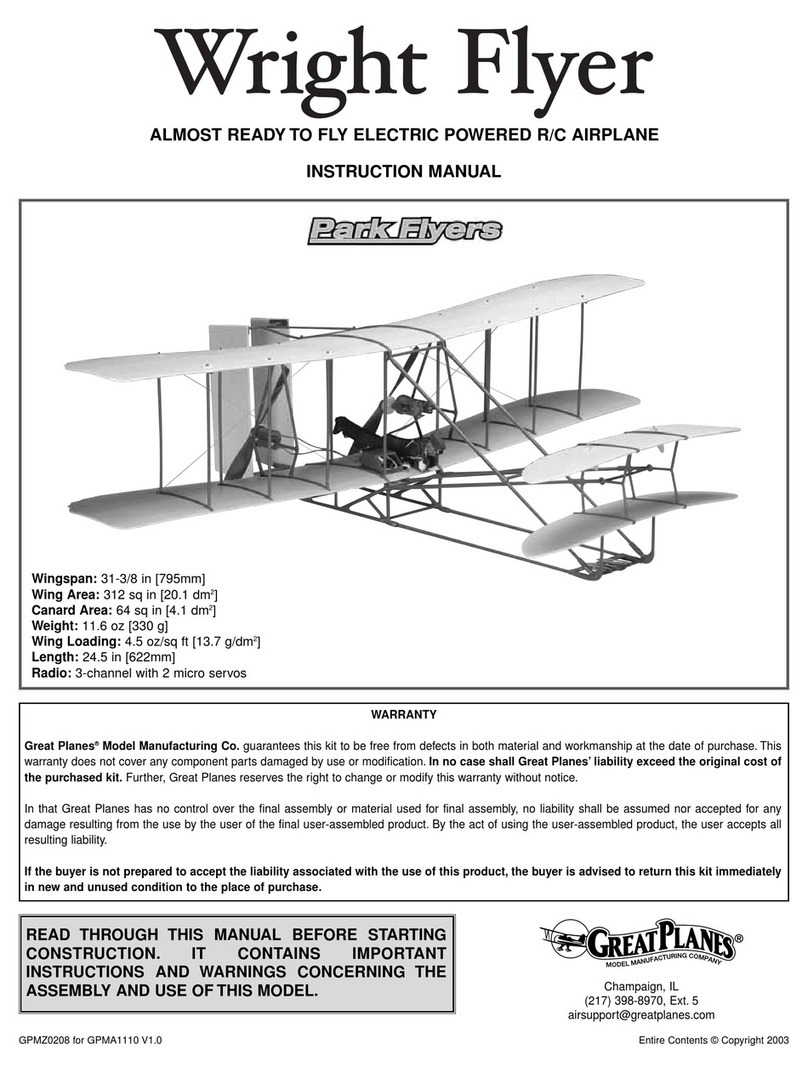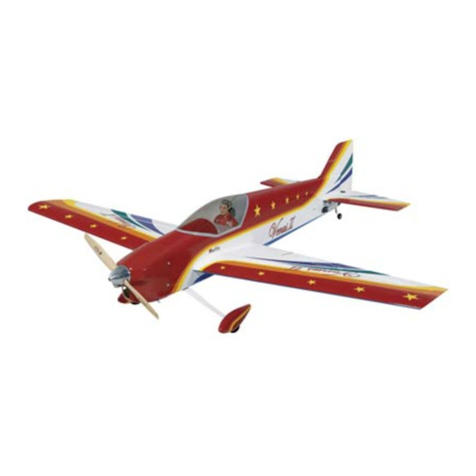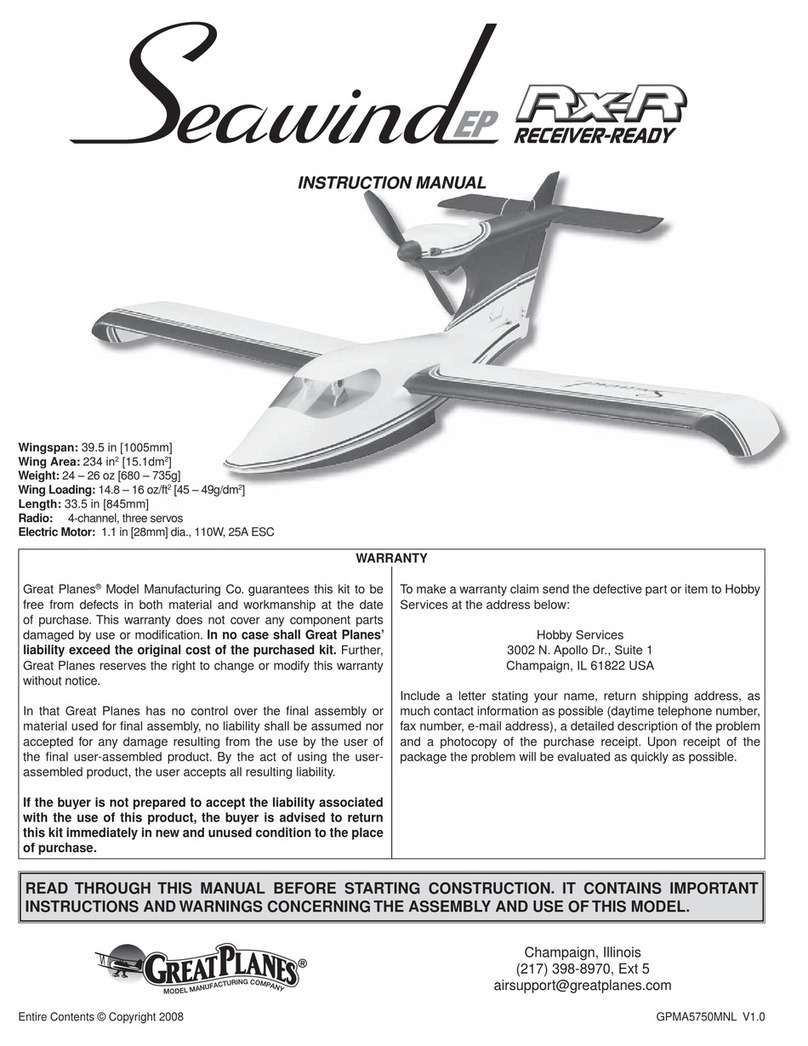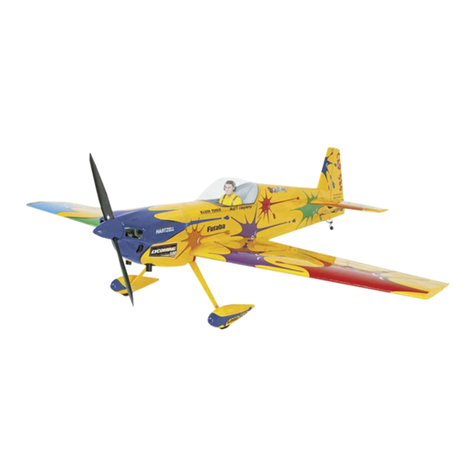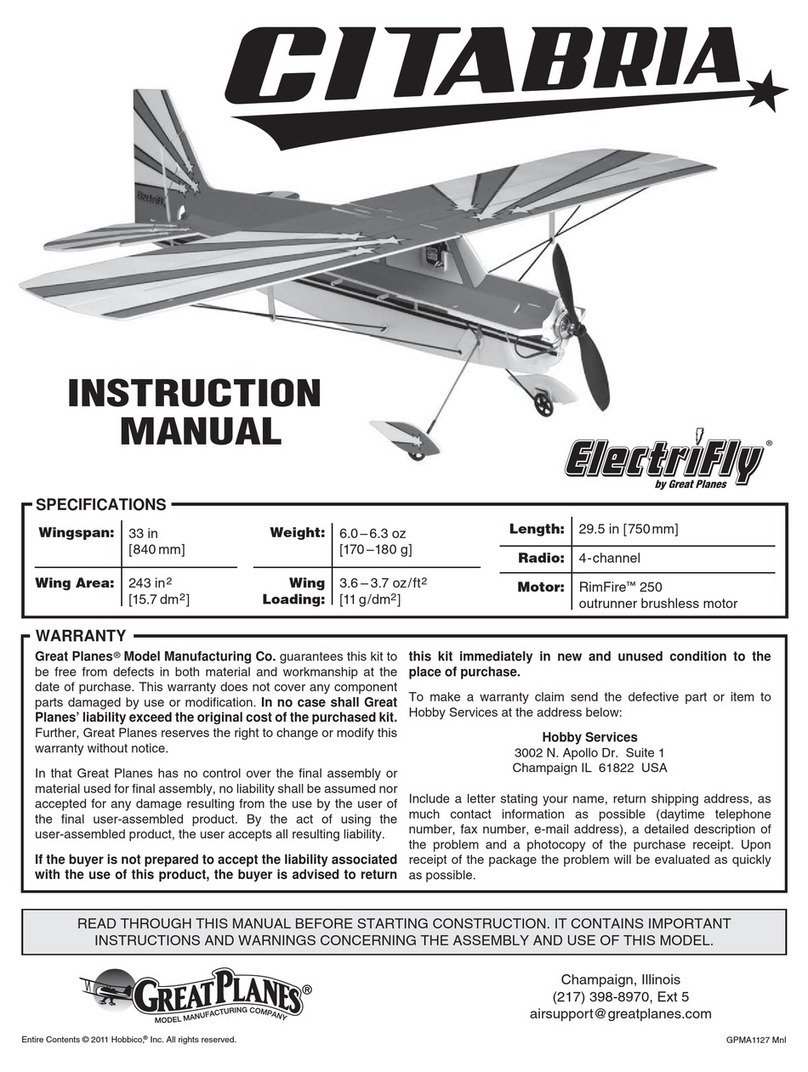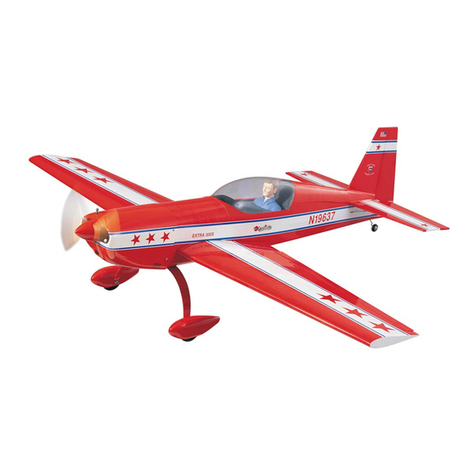
2
TABLE OF CONTENTS
INTRODUCTION......................................................................... 2
AMA ............................................................................................ 2
SAFETY PRECAUTIONS ........................................................... 2
DECISIONSYOU MUST MAKE.................................................. 3
Radio Equipment................................................................... 3
Power System Recommendations......................................... 3
Battery & Charger Options.................................................... 3
Propeller................................................................................ 3
ADDITIONAL ITEMS REQUIRED .............................................. 3
Accessories & Building Supplies........................................... 3
Optional Supplies & Tools...................................................... 3
IMPORTANT BUILDING NOTES................................................ 4
ORDERING REPLACEMENT PARTS........................................ 4
KIT INSPECTION........................................................................ 5
KIT CONTENTS.......................................................................... 5
METRIC/INCH RULER................................................................ 5
PREPARATIONS......................................................................... 6
ASSEMBLY................................................................................. 6
Assemble the Wing................................................................ 6
Optional - Dual Aileron Servos.............................................. 7
Assemble the Fuselage......................................................... 8
Install the Elevator & Rudder Pushrods & Servos............... 10
Out-runner Motor, Battery & Radio Installation.................... 11
GETTHE MODEL READYTO FLY.......................................... 13
Install & Connect the Motor Battery..................................... 13
Check the Control Directions............................................... 13
Set the Control Throws........................................................ 13
Balance the Model (C.G.).................................................... 14
Balance the Model Laterally................................................ 14
PREFLIGHT.............................................................................. 14
IdentifyYour Model .............................................................. 14
Charge the Batteries............................................................ 14
Balance Propellers .............................................................. 15
Ground Check ..................................................................... 15
Range Check....................................................................... 15
MOTOR & BATTERY PRECAUTIONS ..................................... 15
PROPER CARE OFYOUR MOTOR ......................................... 15
LITHIUM BATTERY HANDLING & USAGE ............................. 16
AMA SAFETY CODE (excerpts).............................................. 16
CHECK LIST............................................................................. 16
FLYING...................................................................................... 17
Takeoff................................................................................. 17
Flight.................................................................................... 17
Landing................................................................................ 17
INTRODUCTION
Thank you for purchasing the Great Planes ElectroStik EP
ARF. The “Stick” (or “Stik”) model is a popular and proven
design that has been around for many years with very little
change.Now we’ve brought this model into the 21st century
as an electric powered ARF that can be assembled in
minutes and flight ready in less than a day!
For the latest technical updates or manual corrections to the
Great Planes ElectroStik EP ARF visit the Great Planes web
siteat www.greatplanes.com.Openthe“Airplanes”linkand
then select the ElectroStik EP ARF. If there is new technical
information or changes to this model a “tech notice” box will
appear in the upper left corner of the page.
AMA
If you are not already a member of the AMA, please join!
The AMA is the governing body of model aviation and
membership provides liability insurance coverage, protects
modelers’ rights and interests and is required to fly at most
R/C sites.
Academy of Model Aeronautics
5151 East Memorial Drive
Muncie, IN 47302-9252
Tele. (800) 435-9262
Fax (765) 741-0057
Or via the Internet at:
http://www.modelaircraft.org
IMPORTANT!!! Two of the most important things you can do
to preserve the radio controlled aircraft hobby are to avoid
flying near full-scale aircraft and avoid flying near or over
groups of people.
PROTECTYOUR MODEL,YOURSELF
& OTHERS....FOLLOWTHESE
IMPORTANT SAFETY PRECAUTIONS
1.Your ElectroStik EP ARF should not be considered a toy,
but rather a sophisticated, working model that functions very
much like a full-size airplane. Because of its performance
capabilities, the ElectroStik EP ARF, if not assembled and
operated correctly, could possibly cause injury to yourself or
spectators and damage to property.
2.Youmustassemblethemodelaccordingtotheinstructions.
Do not alter or modify the model, as doing so may result in an
unsafe or unflyable model. In a few cases the instructions may
differ slightly from the photos. In those instances the written
instructions should be considered as correct.
3.You must take time to build straight, true and strong.
4.Youmustuse anR/C radiosystemthatisingoodcondition,
a correctly sized motor, and other components as specified
in this instruction manual. All components must be correctly
installed so that the model operates correctly on the ground
and in the air.You must check the operation of the model and
all components before every flight.
5. If you are not an experienced pilot or have not flown
this type of model before, we recommend that you get the
assistance of an experienced pilot in your R/C club for
your first flights. If you’re not a member of a club, your local
hobby shop has information about clubs in your area whose
membership includes experienced pilots.
